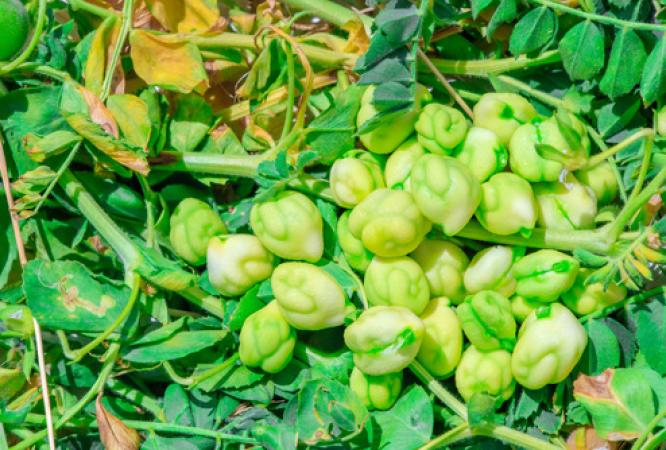Abstract:
Experiment was conducted to determine optimum N and P fertilizer rates for chickpea production in Halaba and Taba locations of Southern Ethiopia. A factorial experiment consisting of three levels (0, 11.5 and 23 kg ha-1) of N and four levels (0, 10, 20 and 30 kg ha-1) of P fertilizer was laid out in RCB design with three replications. Chickpea variety, Habru was planted as a test crop. Data on nodulation parameters, yield and yield components were collected and subjected to ANOVA. Results revealed that both N and P have significantly affected nodulation capacities, yield and yield components of chickpea in both locations. N applied at 11.5 and 23 kg ha-1 increased the grain yield of chickpea by 32 and 36 % over the control respectively in Halaba. The corresponding increases in Taba were 61 and 40 % over the control respectively. Significantly higher grain yield of chickpea was obtained from P applied at 20 and 10 kg ha-1 in Halaba and Taba respectively. N by P interaction was significant in Halaba but not in Taba. Significantly higher yield was obtained in Taba than in Halaba irrespective of treatments. This implies that the former location is more favorable for chickpea production than the later. In conclusion, chickpea responds significantly to N and P fertilizers in both locations suggesting low levels of soil N and P. Biological and economic optimum yields of chickpea were obtained from N: P applied at 11.5: 20 and 11.5: 10 kg ha-1 in Halaba and Taba respectively.
Need more information about growing chickpeas ? You can always return to the chickpea fertilizer.





